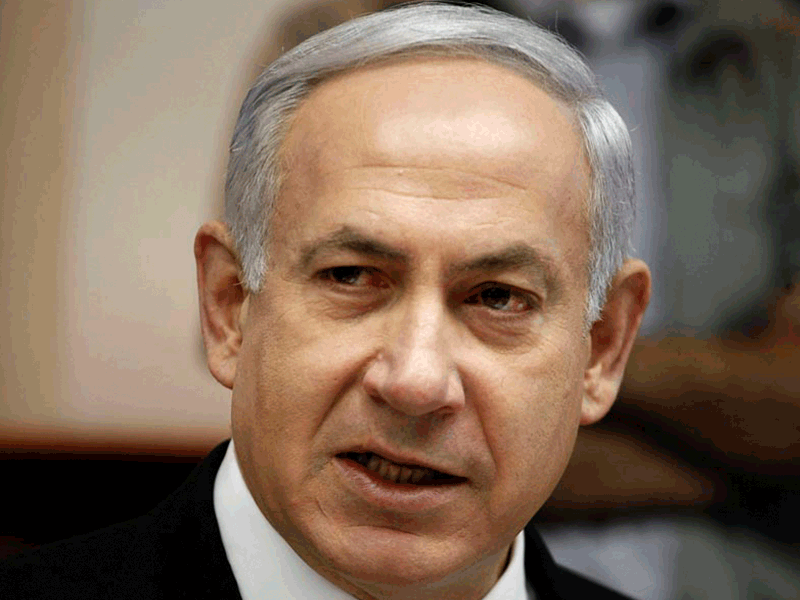On Tuesday, Israelis will go to the polls as erstwhile Prime Minister Benjamin Netanyahu seeks to extend his time in office. Netanyahu’s biggest rivals are a trio of former commanders-in-chief of the IDF, Benny Gantz, Moshe Ya’alon, and Gabi Ashkenazi. These former generals formed a new party in alliance with a leading anti-clerical, centrist politician, Yair Lapid, called Blue & White. Polls show this new party and Netanyahu’s Likud running neck-and-neck.
1 How many seats will Likud and its allies on the right receive?
The media will probably focus on whether the Likud will edge out the Blue & White party, but with each of the big parties only expected to win about 25 per cent of the vote, the next government will surely require either large party to assemble a multiparty coalition to secure a parliamentary majority after the election. Netanyahu intends to reassemble a coalition like the one he has helmed the last four years with other right-wing nationalist parties and two religious parties. So, the most important question will not be how many seats Likud wins, but how many seats the party and its allies collectively win. Most, but not all, polls suggest that Blue & White and other opposition parties in the left and centre of the Israeli party system are failing to pick up enough votes to prevent Netanyahu from forming another right-religious coalition. Netanyahu and his allies, of course, are hoping that the polls are correct in predicting that the right-religious bloc will collectively win over 61 seats.
2. How many seats will Zehut win?
At the start of the campaign, few paid much attention to a former rival of Netanyahu’s within the Likud, Moshe Feiglin. Feiglin’s new party combines quasi- libertarian ideas with ardent nationalist positions like support for the annexation of the West Bank and the building of a Third Temple in Jerusalem. Feiglin’s advocacy for the legalization of cannabis attracted support to his party, Zehut, even from voters who do not share his nationalist ideas. Most polls now show the party winning at least five seats, but still well within the polling margin of error, so the party might fall short of the threshold. Some pollsters worry that they may be underestimating support for the party among young voters who are difficult to poll. If the party does well, and Netanyahu and the other parties on the right need their seats to form a majority, Feiglin may be able to demand some dramatic changes to existing government policies on a range of issues including cannabis.
3. Will any parties in the centre other than Blue & White cross the threshold?
There are two small centrist parties, Gesher and Kulanu, that emphasize socio-economic issues and draw support primarily from Jews in Israel from North Africa and the Middle East. Both are led by politicians who ran with the Likud in previous elections. Both are in danger of falling below the 3.25 per cent of the vote each party must win to be represented in the Knesset. If one or both parties cross this threshold, they could play kingmaker and determine whether Likud or Blue & White will form the coalition. While more likely to join a Likud-led government, demands from parties like Zehut may lead both to prefer to forge a more centrist coalition government.
READ: ANALYSIS: IT WILL TAKE SOMETHING EXCEPTIONAL TO HAPPEN FOR BIBI TO LOSE ELECTION
4. Will both Arab party lists cross the threshold?
Israel raised the minimum threshold before the previous election in 2015 in part because there were three parties that primarily drew support from Arabs who are citizens of Israel that would have struggled to cross that threshold for representation. Instead, the Arab parties formed a united list to win 13 seats and become the third largest party. In 2019, though, the alliance dissolved and now two pairs of parties are running independently. Polls predict that one pairing, Ra’am-Balad, may fail to win enough votes to gain representation. Those seats would then be reallocated to other parties, usually the largest ones, and in a close election those two or three seats that might otherwise prevent Likud and its allies from winning more than 61 seats may instead push the right-religious bloc over the top.
5. How many seats will the United Right List win; will politicians from Otzma Yehudit cross the threshold?
While the left is concerned that they may lose the seats held by Ra’am-Balad, the right has similar concerns with several parties in danger of falling short of the threshold. At the start of the campaign, these fears led Netanyahu to broker a merger between three nationalist allies, including a party called “Jewish Power” led by followers of the late Rabbi Meir Kahane whose xenophobic views and advocacy of violence against Arabs led to a ban on Kahane’s party from Israeli politics. Netanyahu’s role in the merger prompted a backlash from leaders of the North American Jewish community afraid that Netanyahu had brought their views into the mainstream. The controversy may be much ado about nothing after the party’s leader was prevented by the Israeli Supreme Court from running. The next highest placed party activist is seventh on the United Right List and may not win a seat. However, if the list wins seven or more seats, his support for a right-religious coalition may be crucial.
